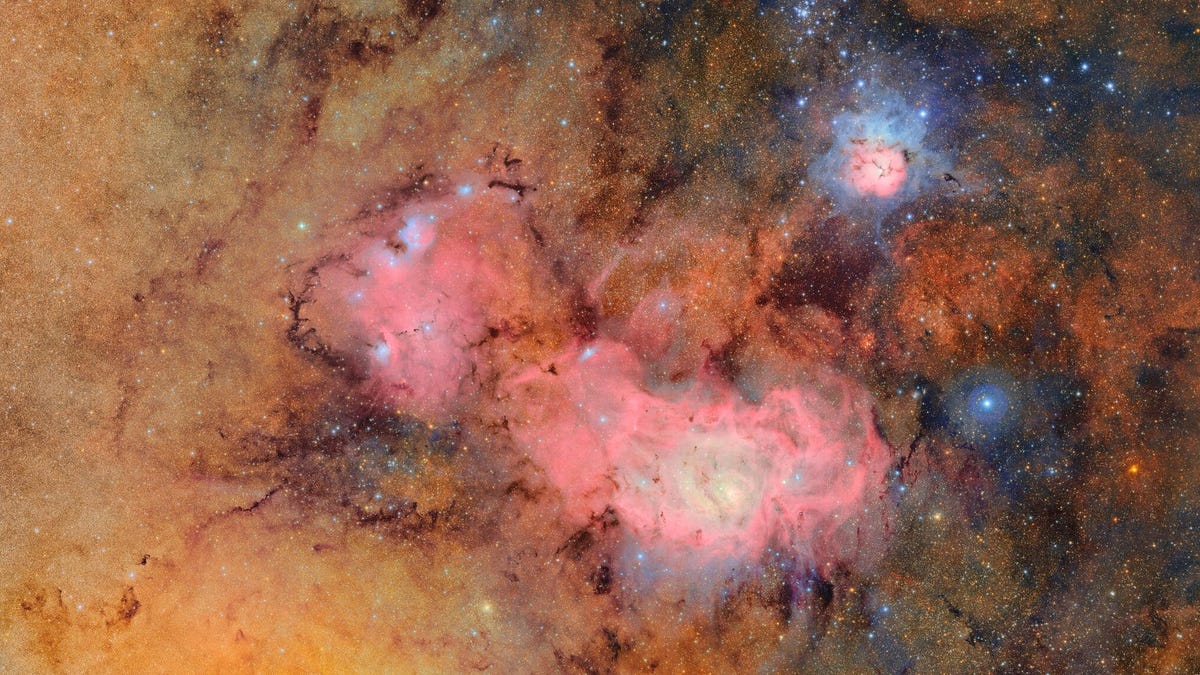A sneak preview of the first batch of deep space imagery from the new Vera C. Rubin Observatory in Chile made its way to news sites and social media last week, followed by a livestream event.
“(The Rubin Observatory is) going to build the greatest time-lapse movie of the cosmos ever made,” the observatory said in a post.
The observatory is named for the American scientist widely credited for finding some of the first evidence of dark matter, with the project being funded by the National Science Foundation and the US Department of Energy’s Office of Science.
The scientists and officials from the NSF and DOE participated in a news conference and Q&A about the findings last week. You can watch the stream below.
Millions of galaxies, big images
Though the livestream was plagued by a few technical issues, it still offered some context on what data is being captured at the Rubin Observatory and why.
“Starting today, our ability to understand dark matter, dark energy and planetary defense will grow even faster than ever before,” said Brian Stone, the NSF’s chief of staff.
The observatory’s 3,200-megapixel camera is used for a full-sky scan that happens every three to four days. Stunning images that the observatory shares are only a fraction of what is being captured, in some cases showing only 2 percent of the full view, which would require 400 HDTVs to show.
One image can capture 10 million galaxies. Closer to Earth, astronomers have discovered 1 million asteroids in our solar system and expect to discover 5 million more in the next few years.




